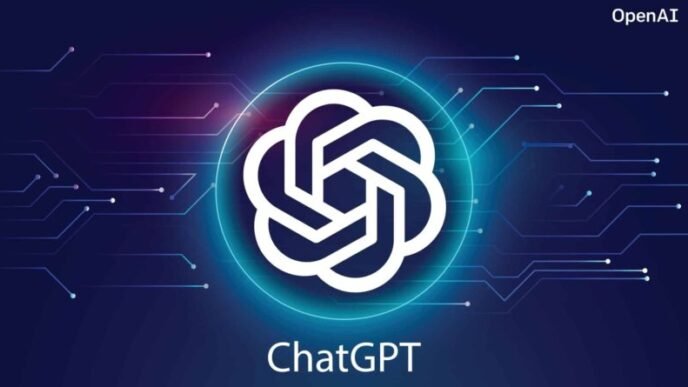The Financial Threshold for AGI
As part of an agreement signed between the two companies last year, OpenAI will only be considered to have achieved AGI when it develops AI systems capable of generating at least $100 billion in profits. This metric starkly contrasts with the more rigorous technical and philosophical definitions of AGI that many in the field expect.
Current Financial Outlook for OpenAI
This year, OpenAI is projected to incur substantial losses, with reports indicating that the startup will not turn a profit until 2029. This financial outlook is crucial because it affects Microsoft’s access to OpenAI’s technology.
Implications of the AGI Agreement
The agreement between Microsoft and OpenAI implies that Microsoft could maintain access to OpenAI’s advanced models for a decade or more, should OpenAI’s definition of AGI remain tied strictly to profit generation. This aspect raises questions about the company’s long-term strategic positioning in the AI landscape.
Speculations on AGI Declaration
Some industry experts have speculated that OpenAI may declare it has achieved AGI sooner than the profit threshold suggests, potentially as a strategy to limit Microsoft’s influence. However, this recent agreement seems to ensure that Microsoft’s access to OpenAI’s technology is safeguarded for the foreseeable future, aligning both companies’ interests.
Recent Developments in AI Models
Recently, there has been debate surrounding OpenAI’s latest model, referred to as the o3 model. While some argue that o3 represents a significant advancement toward AGI, others point out the model’s substantial computational costs, which could be detrimental to meeting the profit-centric definition of AGI.
Performance vs. Profitability
The performance improvements of models like o3 are noteworthy, but they also bring about questions of sustainability and profitability. Here’s a closer look at the potential costs:
| Model | Performance | Compute Costs |
|---|---|---|
| o3 Model | Enhanced capabilities | High |
| Previous Models | Standard capabilities | Lower |
Conclusion
The unique financial definition of AGI established by Microsoft and OpenAI highlights the complexities of aligning technological advancements with profitability. As both companies navigate this challenging landscape, their strategies will undoubtedly shape the future of AI development.













